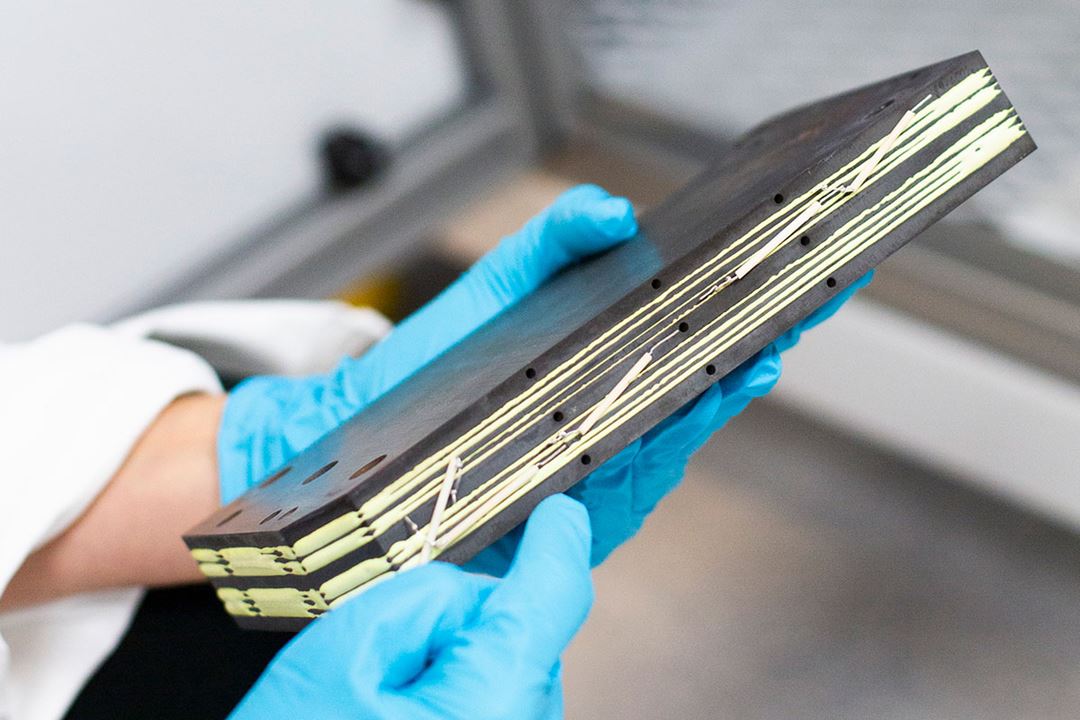Developed using multiphysics modeling, this simulation tool offers valuable insights into fuel cell behavior and performance under various operating conditions.
Key Features of the SOFC Model:
- Detailed Electrochemical Reactions: Models the hydrogen oxidation reaction at the anode and oxygen reduction reaction at the cathode, capturing the essential fuel-to-electricity conversion processes.
- Ion Transport and Charge Conservation: Simulates O2- ion transport through the electrolyte, accurately representing ionic conductivity and potential gradients.
- Porous Electrode Dynamics: Includes detailed modeling of the porous electrode structure for both anode and cathode, facilitating realistic simulation of current distribution and reaction kinetics.
- Gas Flow and Species Transport: Accounts for the transport of H2, H2O, and O2 gases, ensuring realistic depiction of fuel cell behavior.
Benefits and Applications:
- Performance Optimization: Helps researchers and engineers optimize SOFC efficiency by analyzing the impact of key variables, such as fuel composition, operating temperature, and flow rates.
- Insight into Degradation Mechanisms: Enables examination of conditions that may contribute to degradation, such as temperature gradients and current density distribution.
- Prototype Development and Validation: Provides a reliable virtual environment for prototyping and testing design variations before physical implementation.

